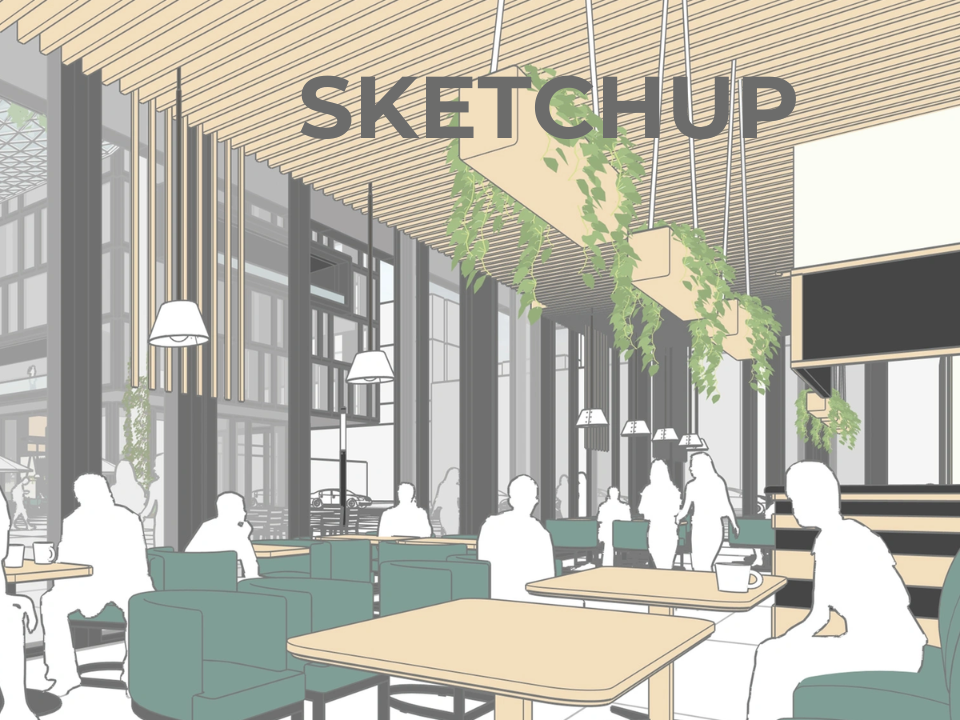Introduction to SketchUp
SketchUp is a powerful 3D modeling software that is widely used in various industries, including civil engineering. Known for its user-friendly interface and robust features, SketchUp allows engineers to create detailed models and visualize complex projects with ease.
Benefits of Using SketchUp in Civil Engineering
Civil engineers often face the challenge of planning and designing intricate structures such as bridges, roads, and buildings. SketchUp offers several benefits that make it an ideal tool for these tasks. Firstly, it provides a comprehensive suite of modeling tools that enable precise and accurate designs. Secondly, the software supports collaboration, allowing multiple stakeholders to contribute to a project seamlessly. Lastly, SketchUp’s integration with other software and plugins enhances its functionality, making it a versatile choice for any civil engineering project.
Key Features of SketchUp for Civil Projects
One of the standout features of SketchUp is its ability to create detailed site models. Engineers can import topographical data and generate realistic terrain models, which are crucial for planning and analysis. Additionally, SketchUp’s extensive library of pre-built components, such as beams, columns, and other structural elements, saves time and ensures consistency in designs. The software also supports advanced rendering techniques, enabling engineers to produce high-quality visualizations that can be used for presentations and stakeholder meetings.
Conclusion
In conclusion, SketchUp is an invaluable tool for civil engineers, offering a range of features that streamline the design and planning process. Its ease of use, combined with powerful modeling capabilities, makes it a preferred choice for professionals in the field. By leveraging SketchUp, civil engineers can enhance their productivity, improve collaboration, and deliver superior project outcomes.





Reviews
There are no reviews yet.